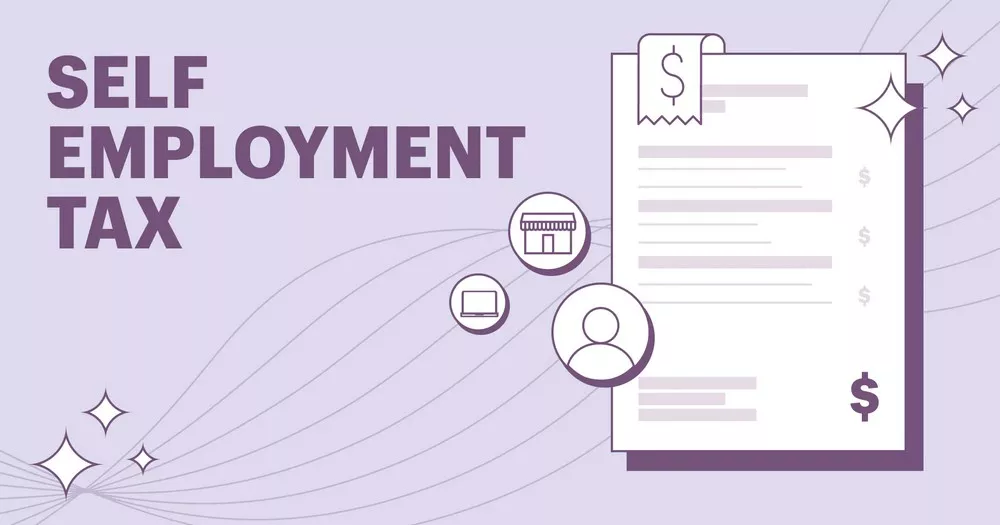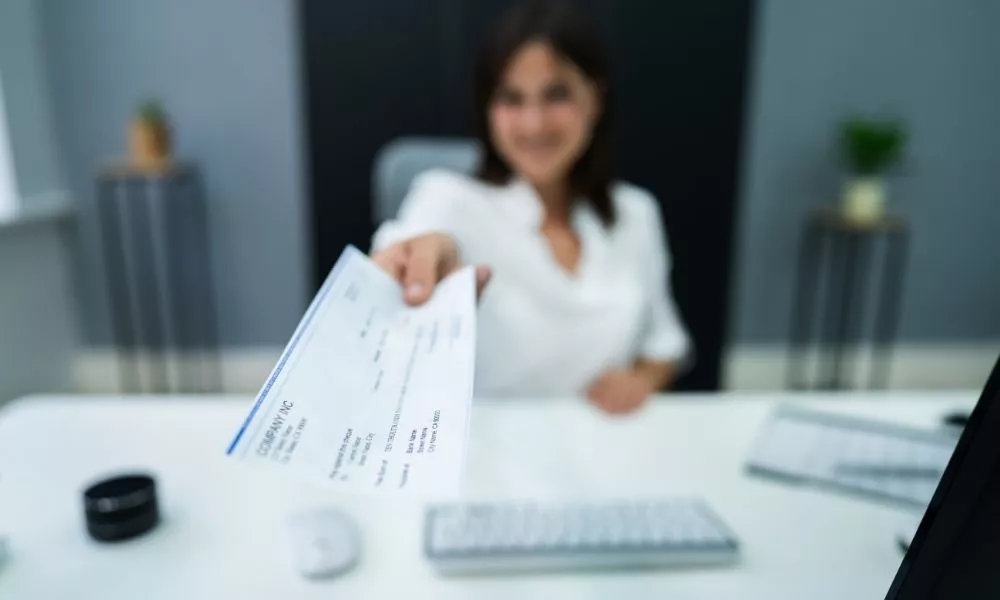How To Calculate Your Estimated Tax Payments
The government imposes taxes on our income to fund various public services, from roads and schools to national defence. The amount of tax you pay depends on how much money you earn during the year.
The best way to find the right information for you is to do the research, talk to professionals and weigh your options. Armed with the right information, you can make a better-informed decision that puts your needs, and budget, first. OnlineLoansFlorida.com is a experienced personal finance blog. They writing blogs and articles on money, debt and loans since 2010.
If you are an employee, your employer will withhold taxes from your paycheck and send them to the government on your behalf. But if you are self-employed, or earn income from investments, you are responsible for making your own tax payments.
The government requires that you pay your taxes throughout the year, rather than all at once when you file your tax return. This is because the government needs the money to fund its operations, and it would be difficult for most people to come up with a large sum of money all at once.
If you don’t pay your taxes throughout the year, you may be subject to penalties and interest charges. To avoid this, you can make estimated tax payments.
Estimated tax payments are payments that you make to the government throughout the year, estimated based on your expected income and tax liability for the year. You will need to make estimated tax payments if you expect to owe at least $1,000 in taxes for the year, after subtracting any withholding and credits.
If you don’t have enough withholding from your paycheck, or if you don’t have a paycheck because you are self-employed, you will need to make estimated tax payments.
Making estimated tax payments is not difficult, but it does require some planning. You will need to estimate your income and tax liability for the year, and make payments accordingly.
The best way to estimate your taxes is to use your tax return from the previous year as a guide. Look at your total tax liability for the year, and calculate what your tax liability will be for the current year.
If your income or tax liability has changed since last year, you will need to adjust your estimated tax payments accordingly. For example, if you had a baby or got married, your tax liability will be different this year.
Once you have estimated your income and tax liability for the year, you can use the IRS’s Estimated Tax Worksheet to calculate your estimated tax payments. This worksheet is available on the IRS website, and it will help you calculate the amount of money you need to send to the government each quarter.
You will need to make your first estimated tax payment by April 15th of the current year. After that, you will need to make estimated tax payments on June 15th, September 15th, and January 15th of the following year.
If you don’t make your estimated tax payments on time, you may be subject to penalties and interest charges.
You can make your estimated tax payments by check or money order, or you can pay online. You will need to include your social security number and the tax year on your payment.
If you are paying by check or money order, you will need to make your payment to the “United States Treasury.” You can find the address on the IRS website.
If you are paying online, you can pay using your credit or debit card, or through an electronic funds transfer from your bank account. You can make your payment on the IRS website, or on the website of a company that processes electronic payments for the IRS.
Making estimated tax payments is the best way to avoid penalties and interest charges. By making estimated tax payments throughout the year, you can ensure that you are paying your taxes on time, and you can avoid any penalties or interest charges.


